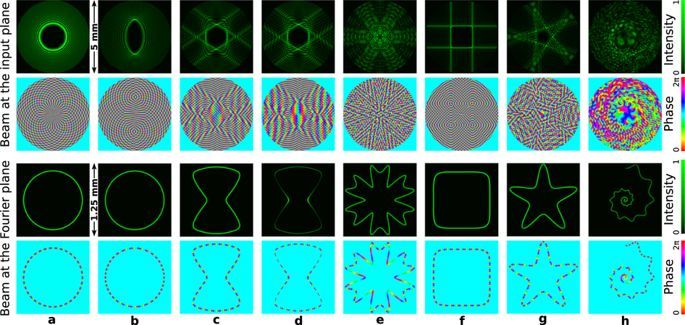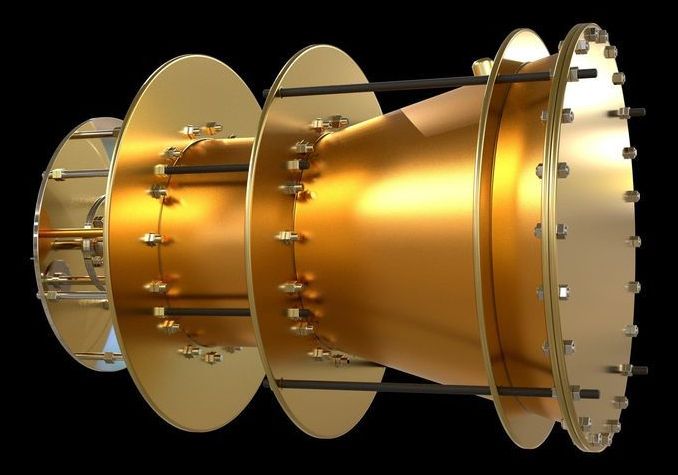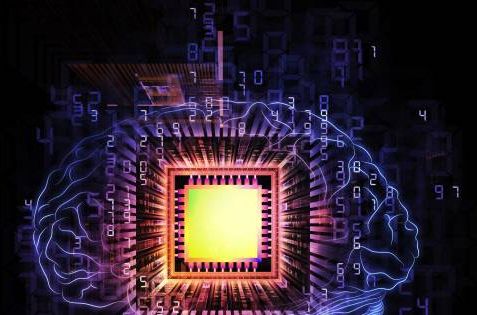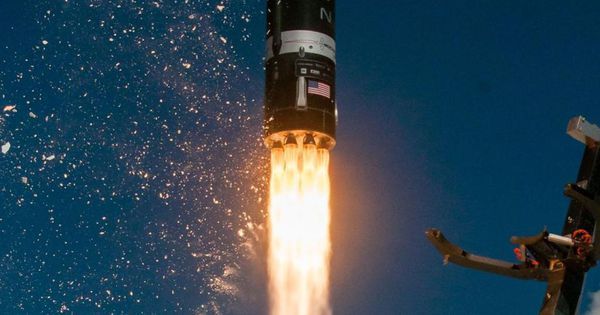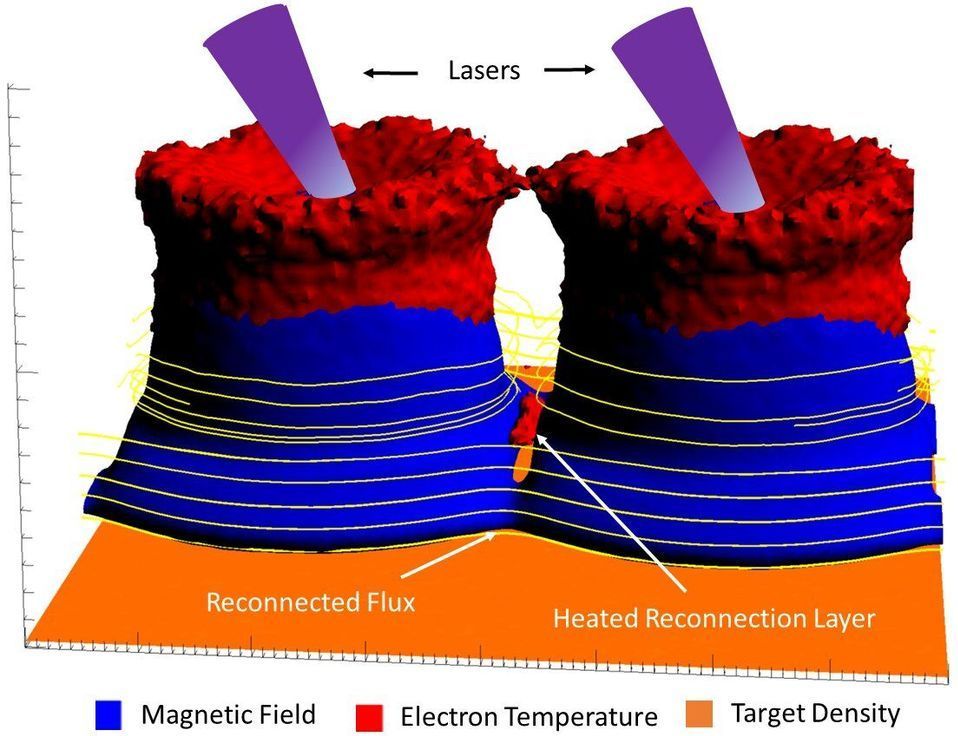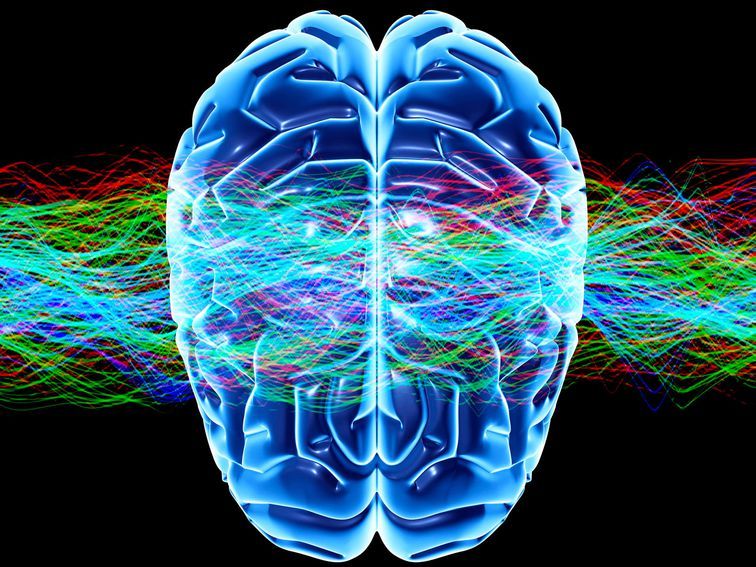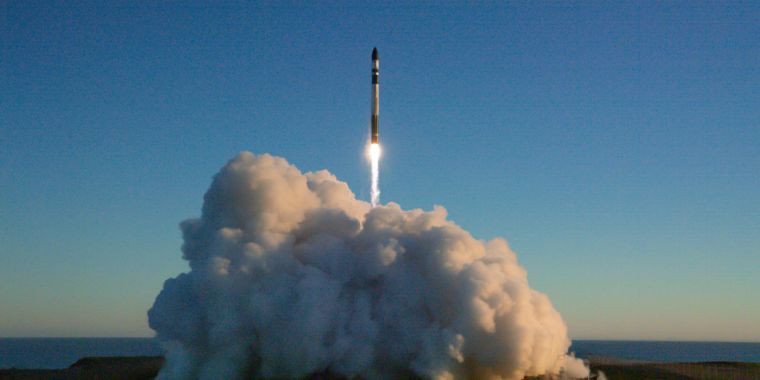Oct 21, 2019
Polymorphic beams and Nature inspired circuits for optical current
Posted by Quinn Sena in categories: materials, particle physics
Laser radiation pressure is a basis of numerous applications in science and technology such as atom cooling, particle manipulation, material processing, etc. This light force for the case of scalar beams is proportional to the intensity-weighted wavevector known as optical current. The ability to design the optical current according to the considered application brings new promising perspectives to exploit the radiation pressure. However, this is a challenging problem because it often requires confinement of the optical current within tight light curves (circuits) and adapting its local value for a particular task. Here, we present a formalism to handle this problem including its experimental demonstration. It consists of a Nature-inspired circuit shaping with independent control of the optical current provided by a new kind of beam referred to as polymorphic beam. This finding is highly relevant to diverse optical technologies and can be easily extended to electron and x-ray coherent beams.
